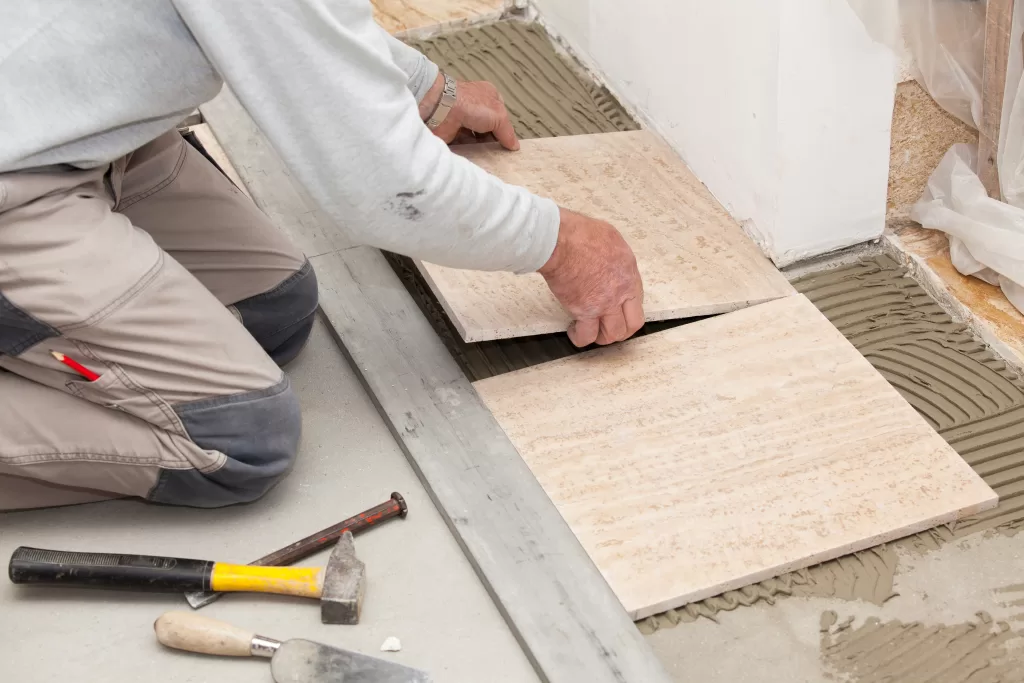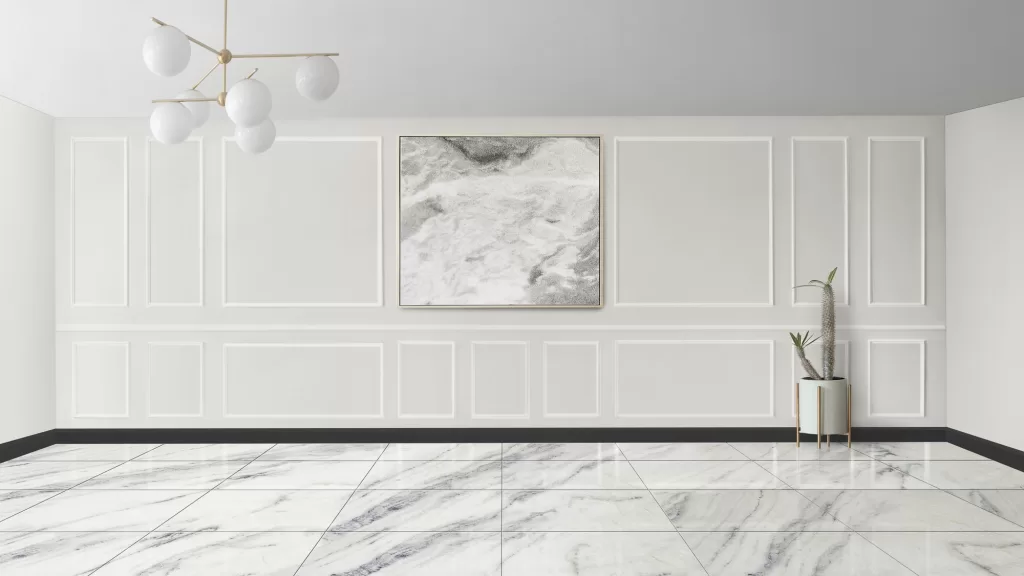Have you ever wondered what sets a beautiful and durable construction project apart from the rest? The answer lies beneath your feet – flooring and tiling. When it comes to enhancing the aesthetic appeal and functionality of any space, the right flooring and tiling choices can make all the difference. However, with a plethora of options available and various technical aspects to consider, it’s important to have a reliable guide to navigate through the complexities. Read on to know more about how to tile a floor.
Tips on Flooring and Tilling
In construction planning, flooring and tiling play crucial roles in creating functional and aesthetically pleasing spaces. Whether you are renovating your home or building a new structure, understanding the basics of flooring and tiling can help you make informed decisions. There are several important factors to consider in order to achieve a durable and aesthetically pleasing result.
Choosing the Right Flooring Material
Selecting the right flooring material is crucial as it determines the durability, maintenance requirements and overall style of the space. Thus, you must choose a material that aligns with your project goals and complements the ambience you foresee. You must consider factors such as foot traffic, moisture exposure and design aesthetics before finalising your choice.
Measuring Accurately
Accurate measurements are the foundation of a flawless flooring and tiling installation. You must invest time and effort into measuring the space meticulously to avoid issues later. You should take into account irregularities in the subfloor and the dimensions of the tiles or slabs you plan to use. Remember, precision is key to achieving a seamless finish.
Preparing the Subfloor
A properly prepared subfloor sets the stage for a successful flooring and tiling project. Ensure that the subfloor is clean, dry and levelled before commencing installation. Any imperfections or unevenness can compromise the result. Take necessary steps, such as using a levelling compound or repairing cracks, to create a smooth and stable surface.
Planning the Layout
Creating a well-thought-out layout is an art. You should consider the size and shape of the room, focal points and traffic flow when determining the layout of your tiles. Experiment with different patterns and orientations to achieve a visually appealing design. Remember to use a spirit level to check horizontal and vertical lines at regular intervals to maintain uniformity.
Using High-Quality Cement for Tiling
The quality of the cement used for tiling plays a significant role in the longevity and strength of the installation. You should consider a trusted cement company like JK Cement that offers reliable and durable cement solutions specifically designed for tiling applications. High-quality cement ensures proper adhesion, minimising the risk of loosening or cracking of tiles over time.
Investing in Good Tools
Another important tip for tiling is equipping yourself with high-quality tools is an investment that pays off in the long run. From tile cutters and trowels to spacers and levels, having the right tools at your disposal will streamline the installation process and help achieve precision and efficiency.
Using Tile Spacers
Tile spacers may seem like a minor detail, but they are crucial for maintaining consistent gaps between tiles. These small plastic accessories ensure even spacing and facilitate grout application. By using tile spacers, you not only achieve a polished look but also allow for better water drainage and increased resistance to cracking.
Grouting Properly
An important indoor floor tip is the proper application of grout. Grouting is the final touch that brings your flooring and tiling project together. When applying grout, the craftsmen must be diligent in removing excess adhesive and spacers to ensure a clean finish. Remember, grout joints should be free from dust and contaminants before grouting. Protect the freshly grouted tiles with plastic sheeting until the grout sets for a flawless outcome.
Sealing the Grout
To prevent seepage of water and maintain the longevity of your tiled surface, sealing the grout is paramount. Use a plastic sealing strip or silicone sealant around baths, basins, and plumbing equipment to ensure water resistance. This step not only enhances the durability of your tiles but also protects the underlying structure.
Following Maintenance Guidelines
Once your flooring and tiling project is complete, proper maintenance is essential to keep it looking and performing its best. Follow manufacturer guidelines for cleaning and maintenance to preserve the beauty and functionality of your tiles. Regular cleaning, avoiding harsh chemicals, and prompt repairs of any damage will ensure your investment stands the test of time.
Flooring and tiling are essential aspects of construction planning. You must choose the right materials and techniques that can enhance the durability and aesthetic appeal of your space. For better results, you ought to consider factors like cost, durability and maintenance when selecting flooring materials. Accuracy and proper preparation are key when laying floors and tiles. With these tiling and flooring tips in mind, you can achieve a beautiful and functional flooring and tiling solution for your construction project.
Looking for a cement company that can fulfil your flooring and tiling requirements? Look no further, JK Cement has you covered.
FAQs
What are some popular flooring material options to consider for my construction project?
Some popular flooring materials include natural stone tiles, ceramic tiles, laminate flooring, hardwood flooring, vinyl tiles and carpet.
What should I consider when preparing the subfloor for flooring or tiling?
When preparing the subfloor, ensure it is clean, dry and level. Repair any cracks or imperfections and use a levelling compound, if necessary. A well-prepared subfloor is the foundation for a successful installation.
How do I plan the layout for my flooring or tiling project?
Consider factors such as the size and shape of the room, focal points, and traffic flow when planning the layout. Experiment with different patterns and orientations to achieve a visually appealing design. Use a spirit level to maintain horizontal and vertical lines for uniformity.
Why is it important to use high-quality cement for tiling?
High-quality cement ensures proper adhesion of tiles, minimizing the risk of loosening or cracking over time. Investing in reliable cement specifically designed for tiling applications is essential for a durable and long-lasting installation.
What are some essential tools needed for flooring and tiling projects?
Essential tools include tile cutters, trowels, tile spacers, spirit levels and grout float. These tools aid in achieving precision and efficiency during installation.
How do tile spacers contribute to the tiling process?
Tile spacers are small plastic accessories that help maintain consistent gaps between tiles, ensuring an even and professional look. They also assist in facilitating grout application and better water drainage.
What is the importance of proper grouting when it comes to flooring and tiling?
Proper grouting ensures a clean and finished look by removing excess adhesive and spacers. It also prevents water seepage and enhances the longevity of the tiled surface.














